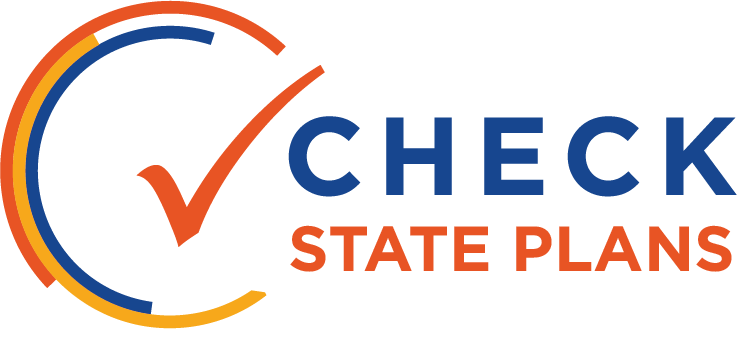The Check State Plans site is based on an independent, non-federal, peer review of 17 state accountability plans submitted in April and May 2017 to the U.S. Department of Education. While the federal peer review process will determine if these state plans meet the baseline requirements of compliance, the Check State Plans site goes further. To provide states and advocates with additional feedback and guidance the website easily shares the results of an extensive peer review conducted by Bellwether Education Partners and a panel of experts. The site highlights strong plan components across the states while also shinning a light on how each state’s plan can be even stronger.
To ensure success for all students, we must look past what simply complies with federal law and focus on what is right for students across the country. Bellwether Education Partners, in partnership with the Collaborative for Student Success, created an independent peer review process and solicited the expertise of more than 30 state and national experts to review state plans—apart from the federal process—to capture the strengths and weaknesses of each state’s plan, highlight promising ideas as well as policies that work towards increasing achievement and promoting equity, and provide feedback to parents, educators, state policymakers and advocates.
Following a rubric which was informed by expertise from other external groups, through a technical advisory panel, the independent peer review assessed state plans for laying out and accomplishing a bold vision for educational improvement in each state. Each peer reviewer provided a state analysis based on their own viewpoint and expertise, and met with their fellow peer reviewers to collectively discuss comments and feedback. Following that in-person meeting, comments were edited for consistency and tone.
Peer reviewers were asked to candidly assess each state plan in the context of their years of expertise in the field and to score each state, in each of nine rubric categories, on a scale of 1-5. The results were normed across the peers.
Each state was given the opportunity to review the draft peer analysis, and provide substantive additions and corrections. Our intention was not to surprise states with our comments, but to inform each of them how they could improve upon their state plan to the benefit of their student population.


